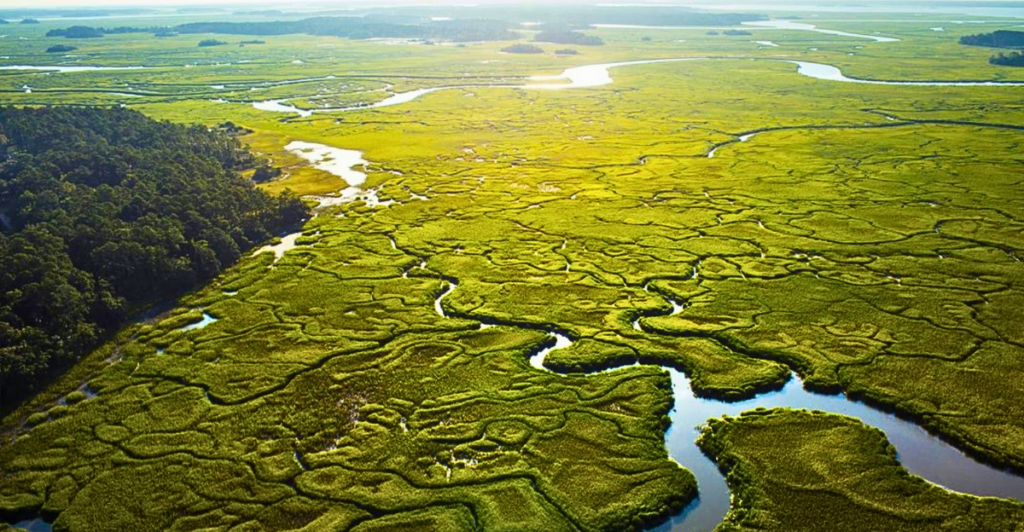
Tidal marshes, often overshadowed by more prominent ecosystems, play a crucial role in carbon sequestration. These coastal wetlands, characterized by their waterlogged soils and dense vegetation, have the capacity to store significant amounts of carbon, thereby mitigating climate change. Recent studies have highlighted the importance of preserving and restoring tidal marshes to harness their full carbon storage potential.
Introduction to Tidal Marshes
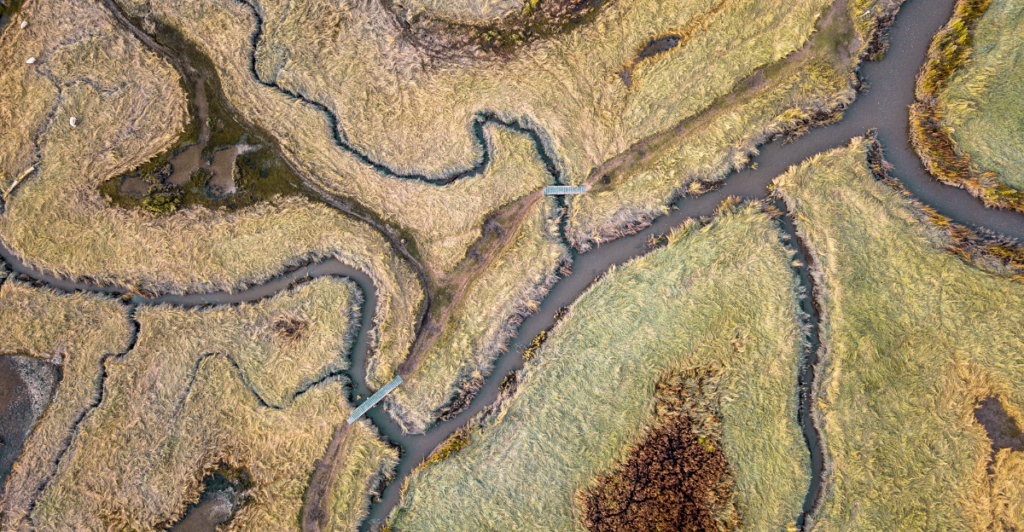
Tidal marshes are coastal wetlands found along estuaries and sheltered shores worldwide. They are dominated by herbaceous plants adapted to saline conditions and regular tidal inundation. These ecosystems are highly productive, with rapid plant growth contributing to substantial organic matter accumulation in their soils. The interplay between tidal flooding and sediment deposition creates an environment where carbon can be effectively trapped and stored over long periods. Despite their ecological significance, tidal marshes have often been overlooked in conservation efforts, leading to widespread degradation and loss.
The Mechanism of Carbon Sequestration in Tidal Marshes
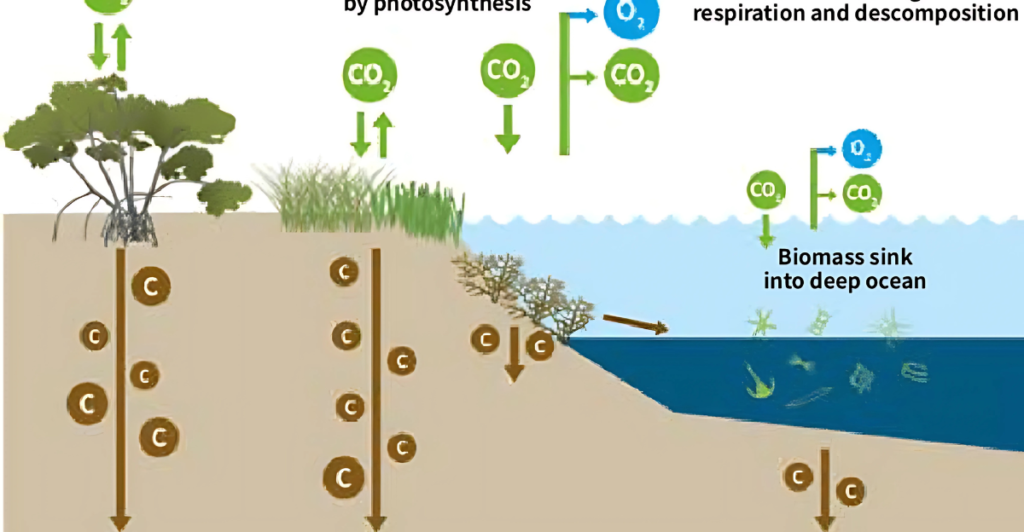
The carbon sequestration process in tidal marshes involves several key mechanisms. Plants capture atmospheric carbon dioxide through photosynthesis, converting it into organic matter. A significant portion of this organic matter is allocated to belowground structures such as roots and rhizomes, which contribute to soil formation. The waterlogged, anaerobic conditions of tidal marsh soils slow down the decomposition of this organic material, allowing carbon to accumulate over time. Additionally, tidal actions deposit mineral sediments that bury organic matter, further enhancing carbon storage.
Quantifying Carbon Storage in Tidal Marshes

Recent research has provided more precise estimates of the carbon stored in tidal marsh soils. A study published in Nature Communications estimated that the top meter of tidal marsh soils worldwide contains approximately 1.44 petagrams of carbon (1.44 billion metric tons). To put this into perspective, releasing this amount of carbon into the atmosphere would be equivalent to the annual energy consumption of over 700 million U.S. homes. This substantial carbon reservoir underscores the importance of tidal marshes in global carbon budgets.
Comparison with Other Ecosystems

While forests are often highlighted for their carbon sequestration capabilities, tidal marshes can be even more efficient on a per-area basis. For instance, salt marshes have a carbon burial rate that is over 50 times faster than that of tropical rainforests. This efficiency is due to the rapid sedimentation rates and the anaerobic conditions that slow decomposition in marsh soils. However, the global area covered by tidal marshes is much smaller than that of forests, which limits their total carbon storage capacity.
Threats to Tidal Marshes
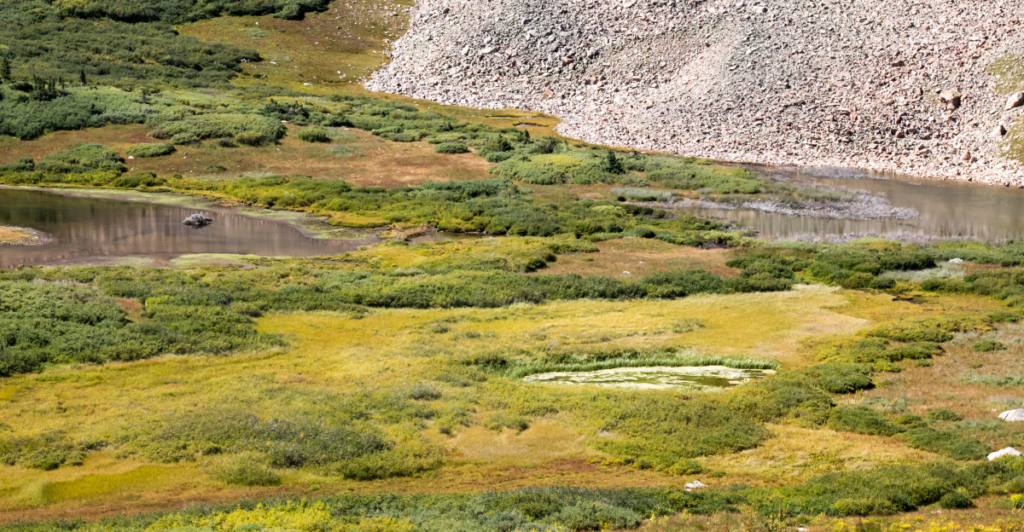
Despite their importance, tidal marshes face numerous threats that compromise their integrity and carbon storage potential. Human activities such as coastal development, agriculture, and aquaculture have led to significant habitat loss and degradation. Additionally, pollution, eutrophication, and the introduction of invasive species further stress these ecosystems. Climate change poses additional challenges, including sea-level rise and increased storm frequency, which can erode marshes and alter their hydrology.
The Consequences of Tidal Marsh Degradation
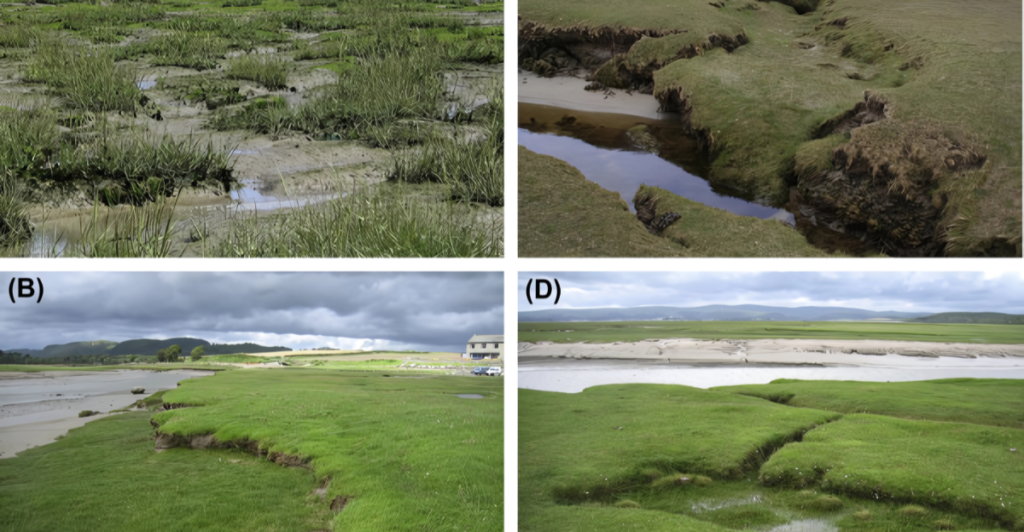
The degradation or destruction of tidal marshes has significant environmental consequences. When these ecosystems are disturbed, the stored carbon in their soils can be released back into the atmosphere as carbon dioxide or methane, both potent greenhouse gases. This not only negates the carbon sequestration benefits of tidal marshes but also contributes to climate change. Furthermore, the loss of tidal marshes diminishes their capacity to provide other essential ecosystem services, such as coastal protection, water filtration, and habitat provision for wildlife.
Restoration Efforts and Their Impact
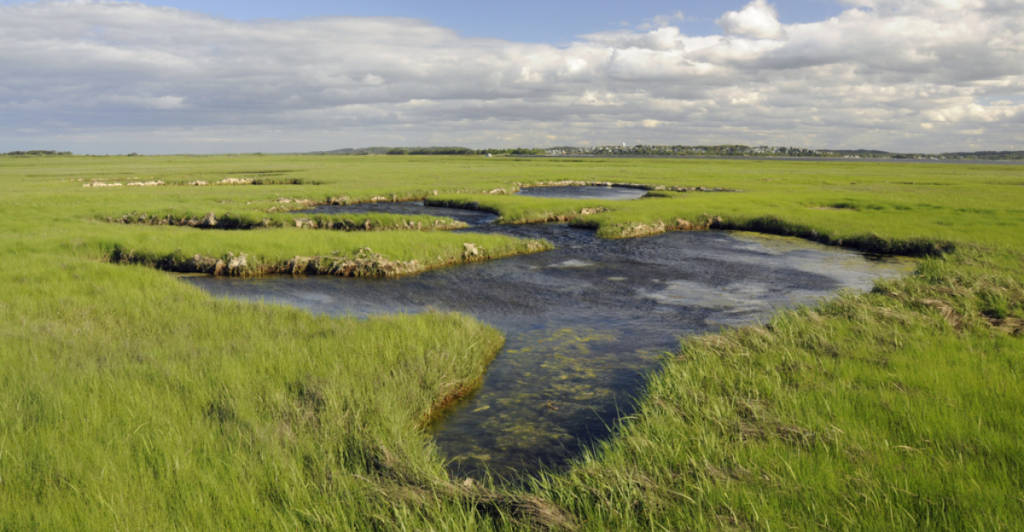
Recognizing the value of tidal marshes, various restoration projects have been initiated worldwide. For example, the Wildfowl and Wetlands Trust (WWT) in the UK is transforming 365 acres of farmland on the Severn Estuary into a saltmarsh nature reserve. This project aims to restore lost wetlands, enhance biodiversity, and bolster carbon storage. Similarly, other initiatives focus on reestablishing natural hydrology, replanting native vegetation, and removing invasive species to rehabilitate degraded marshes. These efforts not only restore ecological functions but also reactivate the carbon sequestration processes inherent to healthy tidal marshes.
The Role of Tidal Marshes in Climate Change Mitigation
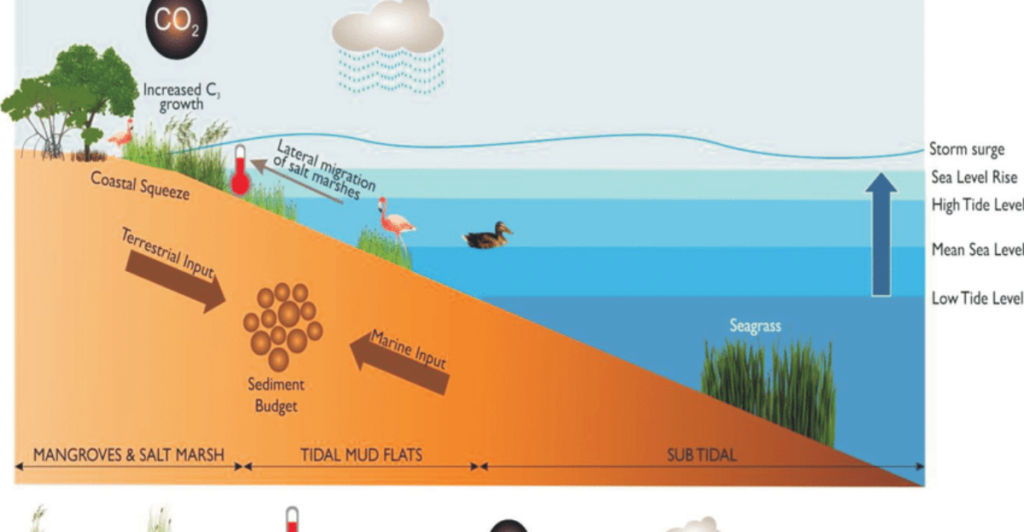
Tidal marshes contribute to climate change mitigation by acting as carbon sinks, capturing and storing atmospheric carbon dioxide. Their ability to sequester carbon continuously over long periods makes them valuable assets in efforts to reduce greenhouse gas concentrations. Moreover, restored and conserved tidal marshes can enhance coastal resilience by buffering storm surges and reducing erosion, providing additional climate adaptation benefits. Incorporating tidal marsh conservation into climate policies can thus yield both mitigation and adaptation advantages.
Economic Valuation of Tidal Marsh Ecosystem Services

Beyond carbon sequestration, tidal marshes offer a range of ecosystem services with significant economic value. They provide nursery habitats for commercially important fish species, support biodiversity, improve water quality by filtering pollutants, and protect shorelines from erosion. Quantifying these services in economic terms can strengthen the case for tidal marsh conservation and restoration, highlighting the cost-effectiveness of investing in these ecosystems compared to engineered solutions.
Policy Frameworks Supporting Tidal Marsh Conservation

Effective conservation of tidal marshes requires supportive policy frameworks at local, national, and international levels. Policies that protect coastal wetlands, regulate development, and promote sustainable land-use practices are essential for preserving tidal marshes. Examples include the Ramsar Convention on Wetlands, which promotes the conservation of wetlands worldwide, and regional policies like the U.S. Clean Water Act, which provides protections for tidal marshes under certain conditions. Additionally, integrating tidal marsh conservation into climate policies, such as carbon credit programs or national carbon accounting systems, can provide financial incentives for their restoration and protection. Strong enforcement mechanisms and community involvement are also crucial to ensure these policies achieve tangible conservation outcomes.
Innovations in Monitoring and Research

Advances in technology have revolutionized the study and monitoring of tidal marshes. Satellite imagery, drones, and remote sensing technologies allow researchers to map and monitor these ecosystems more effectively, providing insights into changes in vegetation cover, sediment dynamics, and carbon storage capacity. Furthermore, innovations in soil sampling and carbon dating techniques enable more accurate measurements of the carbon stored in tidal marsh soils. These tools are invaluable for understanding how tidal marshes respond to environmental changes and human interventions. Continued investment in research and technology will help identify best practices for restoration and conservation, ensuring that tidal marshes can maximize their ecological and climate benefits.
The Importance of Community Engagement

Local communities play a critical role in the conservation of tidal marshes. By involving residents in restoration projects, education initiatives, and sustainable land management practices, conservationists can foster a sense of ownership and stewardship. For example, community-driven efforts to replant native vegetation or remove invasive species have proven successful in restoring degraded tidal marshes. Educating the public about the ecological and economic benefits of these wetlands can also build support for policies that protect them. Additionally, engaging communities in citizen science projects, such as monitoring water quality or documenting wildlife, can enhance data collection while deepening public appreciation for these vital ecosystems.
A Call to Action
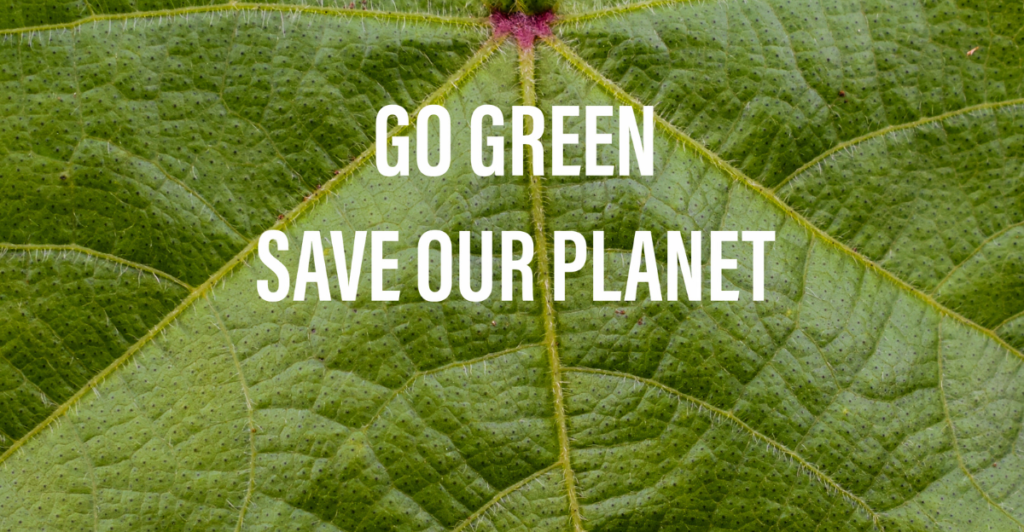
The potential of tidal marshes to mitigate climate change and provide critical ecosystem services is too significant to ignore. However, time is running out to protect and restore these vital ecosystems. Governments, conservation organizations, scientists, and local communities must work together to implement policies, fund restoration projects, and raise awareness about the importance of tidal marshes. The stakes are high. Not only for the health of our planet but also for the well-being of future generations. By investing in the conservation of tidal marshes, we have an opportunity to harness nature’s power to combat climate change and safeguard our coasts for decades to come.
Discover more of our trending stories and follow us to keep them appearing in your feed

Climate Change Overestimated? New Data Shows Oceans Are Cooling The Planet Faster Than Predicted
A Climate ‘Time Bomb’ in the Mediterranean Threatens Global Weather—Is the U.S. Prepared?
California Is Breaking Apart: A Fault Line Is Forming Faster Than Anyone Predicted
The War on Cows Is Over—And Green Extremists Have Lost
References:
Reference 1
Reference 2
This article first appeared here
Stay connected with us for more stories like this! Follow us to get the latest updates or hit the Follow button at the top of this article, and let us know what you think by leaving your feedback below. We’d love to hear from you!







